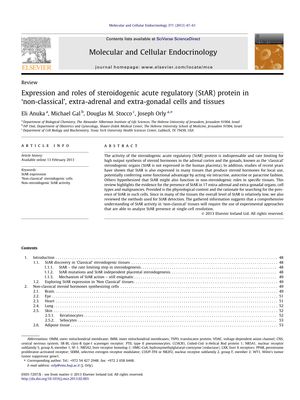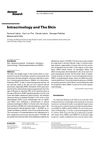Expression and Roles of Steroidogenic Acute Regulatory (StAR) Protein in Non-Classical, Extra-Adrenal, and Extra-Gonadal Cells and Tissues
February 2013
in “
Molecular and Cellular Endocrinology
”

TLDR The protein StAR is found in 17 different organs and can affect hair loss and brain functions, but its full role is not yet fully understood.
The 2013 review investigated the expression and roles of the steroidogenic acute regulatory (StAR) protein in non-classical, extra-adrenal, and extra-gonadal cells and tissues. The study found that StAR was expressed in 17 different organs, cell types, and malignancies, including the brain, eye, heart, lung, skin, fat, pancreas, kidney, and liver. In relation to hair loss, the study found a correlation between testosterone production in the skin and hair loss, with higher levels of StAR and 3bHSD in the bald skin of patients with androgenic alopecia. The study also discovered that StAR was involved in the synthesis of neurosteroids in the brain, which play various roles in normal and diseased states. However, the biochemical significance of high StAR levels in the skin was unclear, and further research was needed to fully understand the role of StAR in these various cells and tissues.










